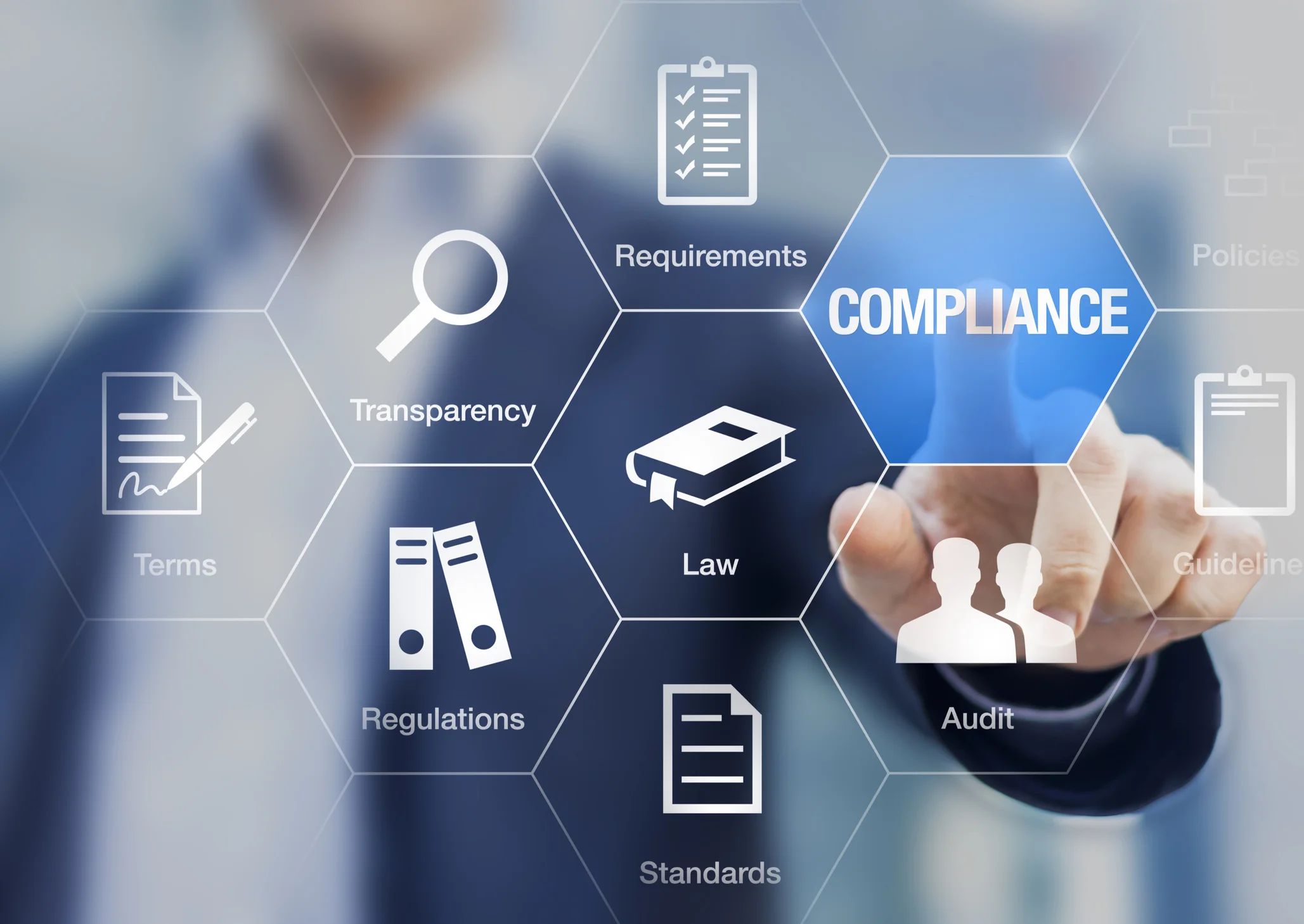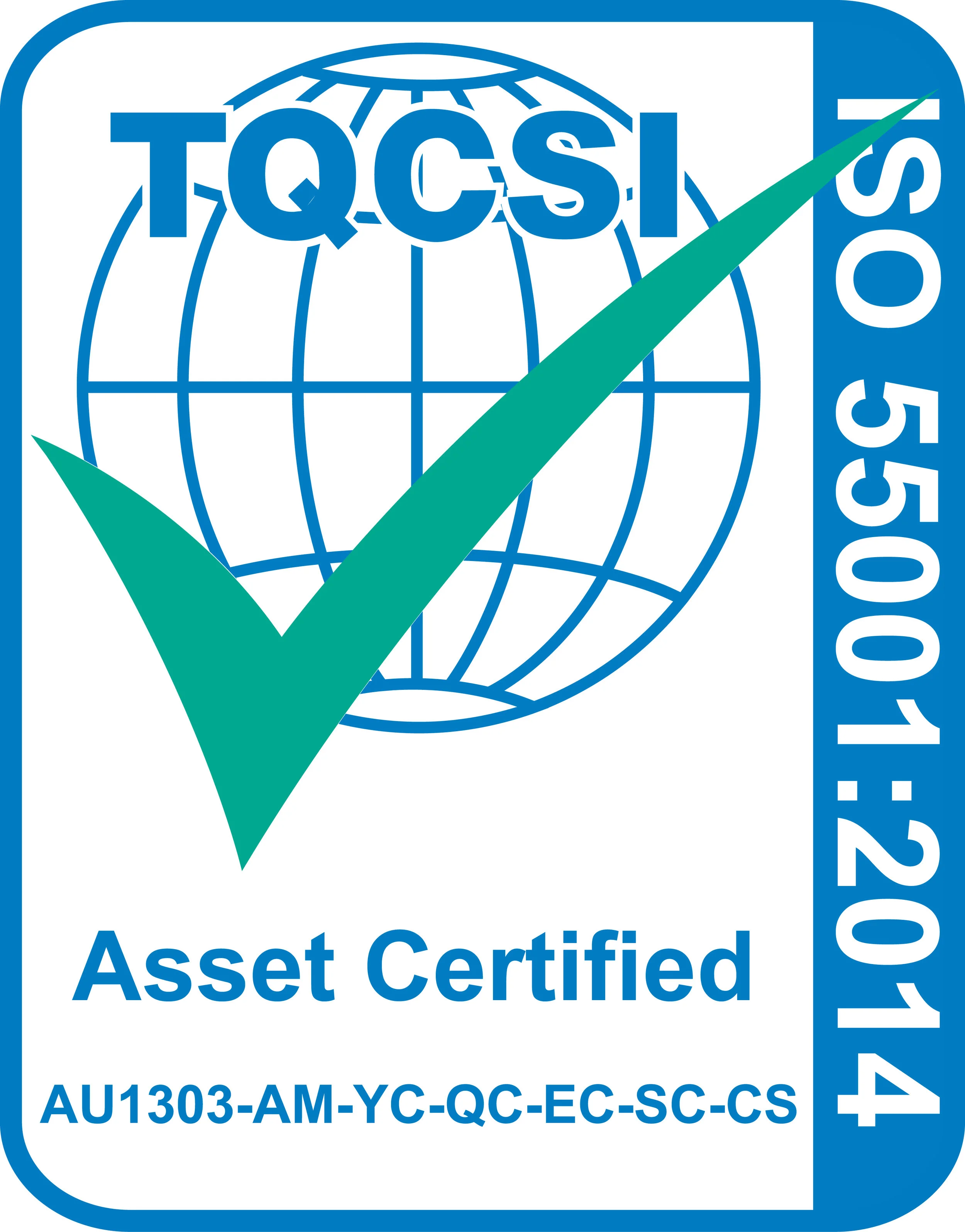Improving how assets are managed and maintaining consistent quality are priorities for every asset manager. The new international standard, ISO 55001, will make this easier by establishing a set of globally agreed requirements. This will help organisations achieve best practice, as well as getting external certification of compliance.
Four Signs You’re Ready for ISO 55001
The aims of ISO 55001
ISO 55001 is not about giving specific direction for managing asset classes, whether physical infrastructure or industrial equipment. It is not about the nuts and bolts of managing assets, but more about the processes that are in place to manage them, with the aim of:
Creating a clear line of sight between where an organisation wants to head and the activities being undertaken at all levels of the organisation
Promoting a whole-of-life approach focused on realising value as perceived by the organisation’s stakeholders, including end users and shareholders
Promoting a culture of empowerment that is driven by the top but also empowers people throughout the organisation, with clear responsibilities and competency development
Ensuring governance processes are in place to provide assurance that objectives will be achieved
So why should your organisation consider aligning its processes with the requirements of ISO 55001? Your business could benefit if you face challenges such as these four signs:
Lacking a clear vision for the management of assets
Making short-term decisions at the expense of long-term results
Struggling to provide a supportive environment that enables people to deliver on objectives
Spending more time fighting fires than “steering the ship”
If these four issues sound familiar for your organisation, ISO 55001 could provide a better way forward.
A health check for ISO 55001
Moving toward alignment is not always a simple task. Organisations often carry out a gap assessment against the requirements to identify areas where they achieve compliance with the standard, and where they need to take action.
This could include generating or modifying strategic planning documents and current processes. Certain processes and communications may need to be formalised, to identify and manage the competencies required to undertake asset management activities. If an organisation hasn’t systematically determined the asset information required to successfully manage its assets, this will be another priority.
Moving towards ISO 55001
How to move towards ISO 55001
Whilst these activities are easily achievable in isolation, two of the biggest challenges are misinterpreting the requirements, and the cultural change that may be needed. Seeking external assistance is one way to speed up the process and realise the benefits of alignment more quickly.
Embracing new technologies can accelerate compliance by enabling quality, data-driven decisions. From IoT (internet of things) to AI (artificial intelligence) and machine learning, organisations can establish better Asset Information Systems to successfully manage assets. Integrated Workplace Management Systems (IWMS) enable external data to be integrated, without having to navigate between different apps.
Demonstrating commitment to ISO 55001 provides long-term assurance of continuous improvement for your organisation.
Although certification is not mandatory, it demonstrates commitment and provides long-term assurance of continuous improvement in the way the assets are being managed and the value realised from these assets. AssetFuture chose to become certified to ISO 55001 as a means of realising value from its primary asset, its technology platform.



